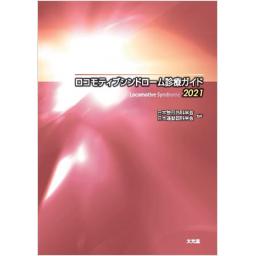2) Yoshimura N, Muraki S, Oka H, et al. Prevalence of knee osteoarthritis, lumbar spondylosis, and osteoporosis in Japanese men and women : the research on osteoarthritis/osteoporosis against disability study. J Bone Miner Metab 2009 ; 27 : 620-8.
3) Yoshimura N, Akune T, Fujiwara S, et al. Prevalence of knee pain, lumbar pain and its coexistence in Japanese men and women : The Longitudinal Cohorts of Motor System Organ (LOCOMO) study. J Bone Miner Metab 2014 ; 32 : 524-32.
4) Aoki K, Sakuma M, Ogisho N, et al. The effects of self-directed home exercise with serial telephone contacts on physical functions and quality of life in elderly people at high risk of locomotor dysfunction. Acta Med Okayama 2015 ; 69 : 245-53.
5) Dunlop DD, Hughes SL, Manheim LM. Disability in activities of daily living : patterns of change and a hierarchy of disability. Am J Public Health 1997 ; 87 : 378-83.
6) Iwaya T, Doi T, Seichi A, et al. Characteristics of disability in activity of daily living in elderly people associated with locomotive disorders. BMC Geriatr 2017 ; 17 : 165.
7) Middleton A, Fritz SL, Lusardi M. Walking Speed : The Functional Vital Sign. J Aging Phys Act 2015 ; 23 : 314-22.
8) Yoshimura N, Muraki S, Iidaka T, et al. Prevalence and co-existence of locomotive syndrome, sarcopenia, and frailty : the third survey of Research on Osteoarthritis/Osteoporosis Against Disability (ROAD) study. J Bone Miner Metab 2019 ; 37 : 1058-66.
